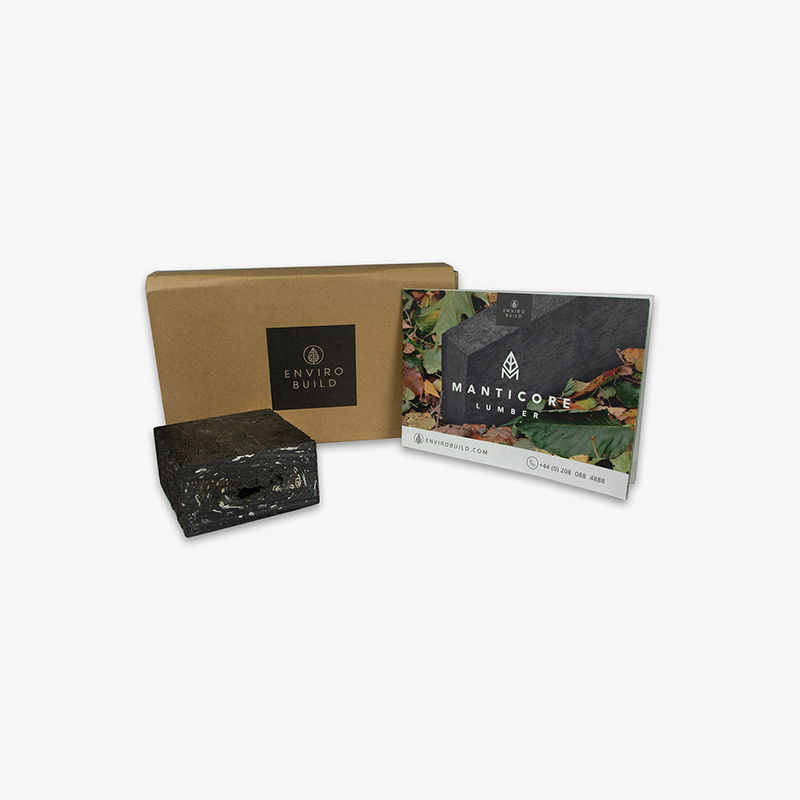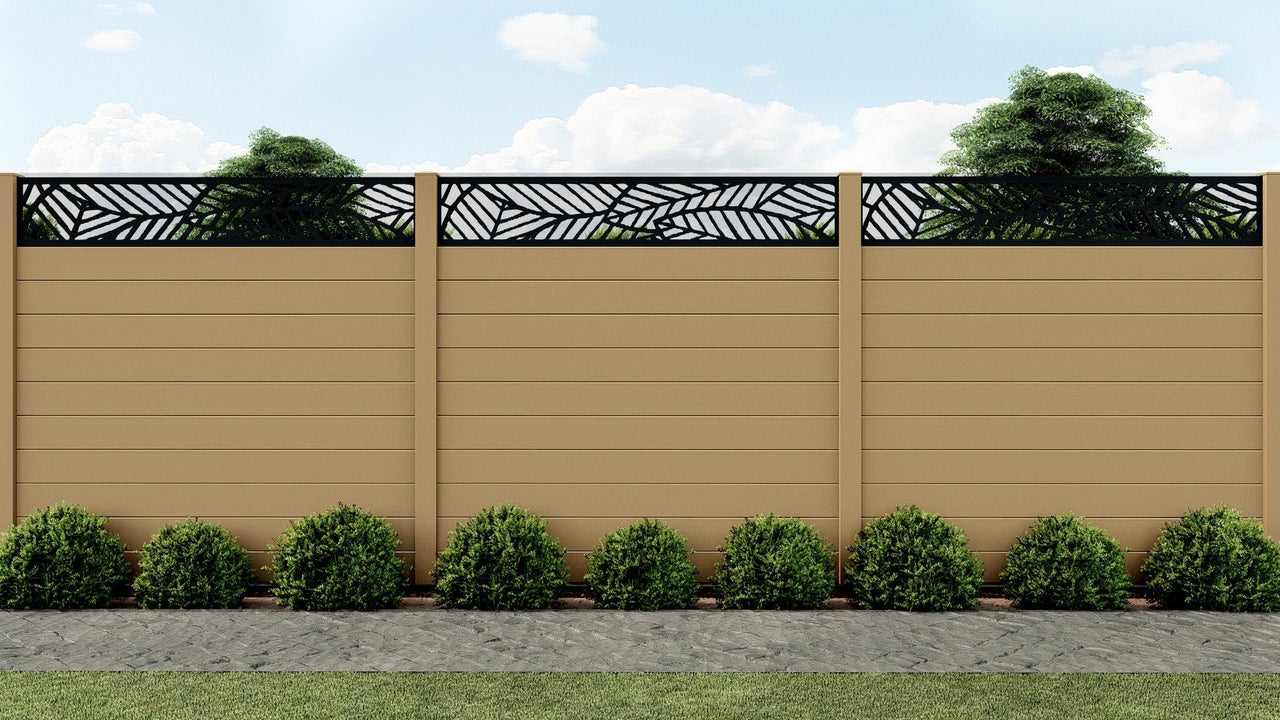Does Composite Decking Fade?
Traditional wooden decks are notoriously bad at holding their colour. Relying on regular painting and staining, year after year, to maintain a healthy looking deck. Composite decking is much more fade resistant and requires far less ongoing maintenance. One of the most common questions people ask when comparing materials is: does composite decking fade?

Author Name
Chief Writer
Thu, 28 Jul 2026

The short answer: Composite decking is designed to resist fading far better than timber, thanks to advanced UV protection and stable colour pigments. Most composite decking will undergo a slight initial tone adjustment within the first few months of installation, after which the colour stabilises.
Why Composite Decking Fades Over Time
Composite decking undergoes an initial weathering process (about 8 to 10 weeks) after which the colour stabilizes. This is a result of UV exposure and natural wood oils, called tannins, being washed out. We measured a colour lightening of around 15% with the main difference being seen in the ‘grain’ of the wood pattern. If you are using a ridged decking board the colour difference will be less noticeable.
Once this process completes, the colour remains consistent for years. By contrast, softwood decking can lose 40–60% of its original colour within a single year without maintenance.
Continued exposure to the UV rays of the sun, will lead to a gradual discoloration for uncapped decking boards. Although, the effects will be far less noticeable than with timber decking.
(Top tip: Fading is less noticeable on lighter colour boards.)
Tannin Staining
Composite decking tannins are gradually washed out of the wood content by rain and moisture in the air. This occurs during the first couple of months in a process sometimes called ‘extractive bleeding’.
You may notice 'watermarks' after the first few times your deck is exposed to rain. This is perfectly normal and the tannins leaching out will be washed away eventually. You can accelerate this process by hosing down your deck, after the initial period the colour will stabilise and these marks won't reappear.
Capped vs Uncapped Composite Decking
Uncapped Composite Decking -
Uncapped decking has no outer shell. These boards can experience minor surface fading, typically a lightening of the pigment, during the first few months as the material stabilises under sunlight. After that, the colour generally remains stable for many years.
Capped Composite Decking -
Capped decking boards feature a co-extruded cap that seals the board against UV and moisture exposure. This protective layer is completely fade resistant.
EnviroBuild Frontier Decking is a capped board that features a 25-year residential stain and fade warranty.
Maintenance Tips to Keep Your Deck Looking New
Composite decking requires minimal upkeep, but occasional cleaning helps maintain its finish:
Rinse and brush with warm, soapy water every few months to remove dust and organic debris.
Avoid harsh chemicals or pressure washing too close to the surface, which could affect the board.
Sweep regularly to prevent dirt build-up in the gaps.
Clean spills promptly, especially oils or acidic liquids, to avoid surface staining.
Unlike timber, there’s no need to sand, seal or paint composite decking at any stage of its life cycle.










